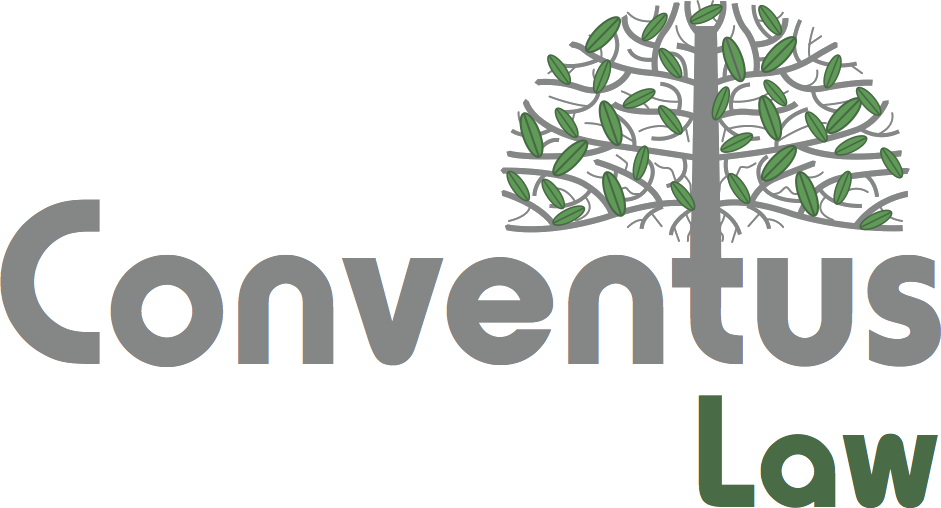Tortious interference with contract is a cause of action that serves to protect contractual relationships from outside disruption. Typically, a plaintiff must allege “[1] the existence of a valid contract between the plaintiff and a third party, [2] defendant’s knowledge of that contract, [3] defendant’s intentional procurement of the third party’s breach of the contract without justification, [4] actual breach of the contract, and [5] damages resulting therefrom.” Valkyrie AI LLC v. PricewaterhouseCoopers LLP, 233 A.D.3d 460, 461-62 (1st Dep’t 2024) (quoting Lama Holding Co. v. Smith Barney Inc., 88 N.Y.2d 413, 424 (1996)).
This article examines the third element and, specifically, how New York courts have interpreted the requirement of a defendant’s intentional procurement of a breach by a third party.
Recently, the New York Supreme Court’s Commercial Division determined that the third element of a tortious interference claim was satisfied when the defendant caused the plaintiff—not a third party—to breach a contract.

For further information, please contact:
Julie E. Cohen, Partner, Skadden
julie.cohen@skadden.com




